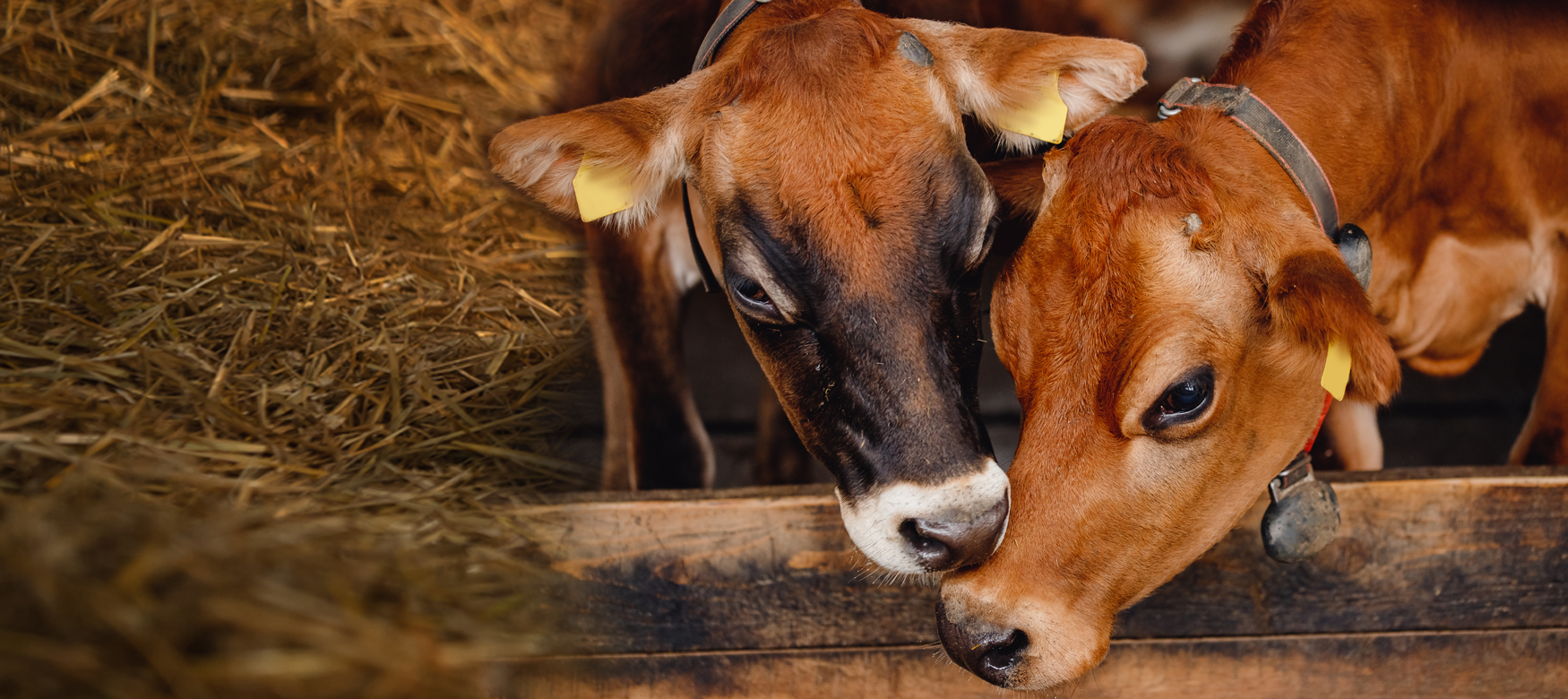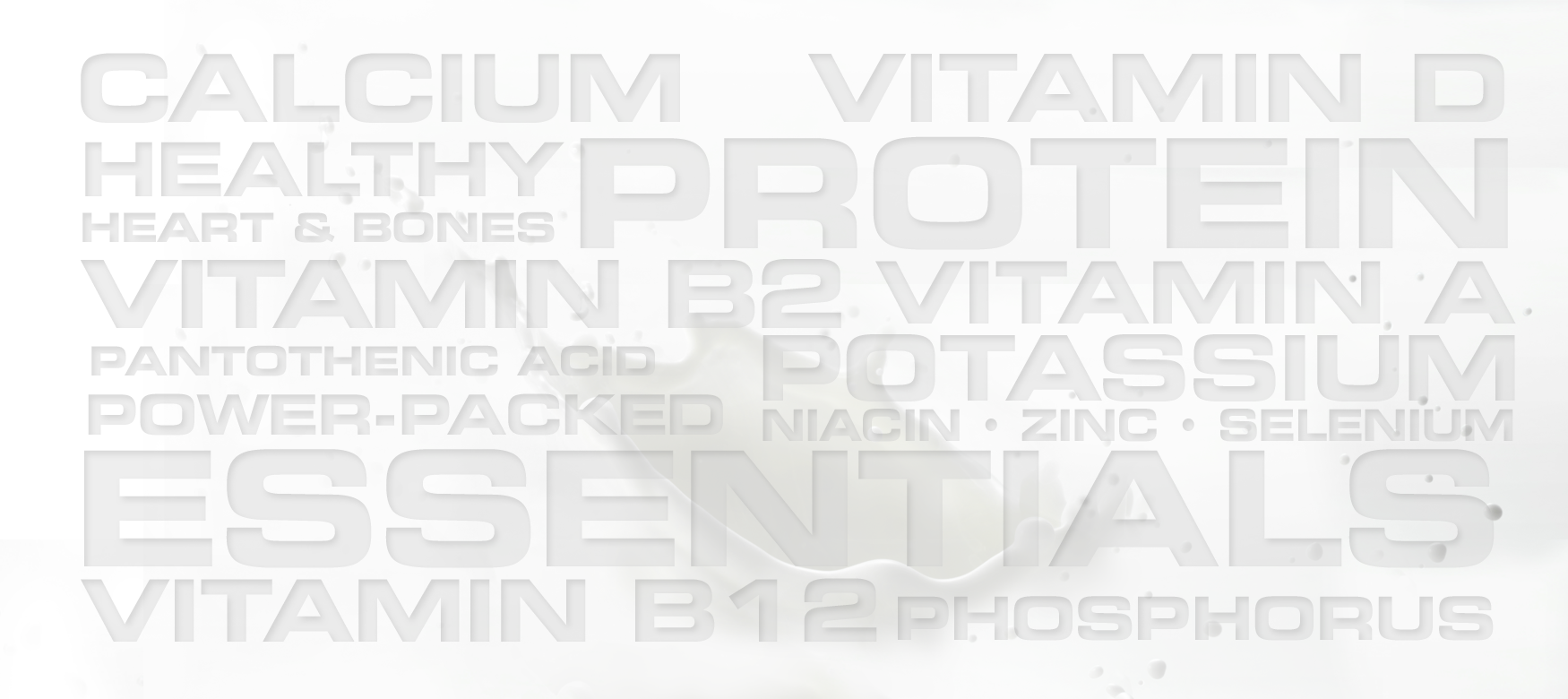
VANTAGE POINT: always brings clarity
Perspective is a powerful thing. At DMT, we often think about perspective and its role in shaping people’s opinions about dairy and the significance of milk. People tend to see dairy through a variety of lenses. It’s emotional – ice cream in the summertime, cream in your morning coffee, or pizza on a Friday night. It’s nutritional – the milk you drank as a kid to build strong bones. If you’re a dairy farmer, it’s practical, economical, and cultural — because it’s your livelihood and the business your family built from the ground up.
The dairy industry touches billions of people worldwide, so it can’t be accurately assessed from a single viewpoint. You have to pull back and take an aerial observation. From that vantage point, you can see the complete picture and grasp dairy for what it is — a comprehensive global ecosystem that nourishes people, sustains economies and communities and is increasingly suitable for the planet. Dairy encompasses the 6 billion people who eat and drink its products annually, as well as the 600 million people who live and work on the world’s 133 million dairy farms. And 1 billion people rely on the dairy sector to support their livelihoods and communities.
Behind every dairy cow, there’s extraordinary community.
Dairy is a vital and resilient ecosystem that encompasses many facets, entities, and ideologies, all of which matter and must be considered. Some dairy cows may be black and white, but the dairy industry isn’t. Dairy’s impact is vast and deep. It nourishes people, supports vibrant communities, and is good for the planet. Taking dairy out of the equation removes the benefits that come with it. Instead of taking things away, let’s continue improving what we have and embrace the many ways dairy contributes positively to our lives. —The United Dairymen of Arizona.

NUTRIENT-ENRICHED
The nutritional benefits that milk, and dairy in general, has on children are well known. Today, dairy products remain a primary source of calcium, which is necessary for healthy bones and teeth.
At the farm, all cow’s milk starts about the same way. During the manufacturing process, milk is sorted by fat percentage through a machine called a “centrifuge.” This machine divides the milk into whole and skim categories, along with 1 and 2 percent, by spinning milk containers at forces as high as 5,000 to 10,000 times that of gravity. Then the processed liquids are separated into different containers.
Cow’s milk is one of the original superfoods and is one of the most nutrient-dense foods on the planet. With a natural balance of carbohydrates, protein, fats, and over 15 essential nutrients, cow milk is an incredibly healthy choice.
A glass of whole milk includes 4.6 grams of saturated fats or 20% of your daily recommended serving. It’s essential to be mindful of your daily saturated fat intake, but a glass of whole milk may be better than you think.
Studies have found that those who consume high-fat dairy products regularly, such as whole milk, may be at a lower risk for weight gain. A review published by the National Library of Medicine reported that 11 out of 16 studies found a link between consuming high-fat dairy and a lower risk of obesity.
Skim milk hasn’t always been a grocery store staple. In fact, before WWII, skim milk was considered a waste product, and pig, chicken, and cow farmers used skim milk to feed livestock. As dairy products became essential to the war relief programs, farmers saw an opportunity to sell skim milk to civilians on the homefront. Skim milk hasn’t left grocery store shelves since.

BEST INTERESTS AT HEART
WHOLE MILK: Whole cow’s milk contains around 160 calories, 5 grams (g) of saturated fat, and 35 milligrams (mg) of cholesterol in a 1-cup — or 8-ounce (oz) — serving. “It’s a tremendous source of protein and nutrients, contains essential vitamins and minerals, and provides a third of a person’s daily recommended calcium intake,” says Deborah Krivitsky, RD, a dietitian based in Boston. Cow’s milk also contains potassium, which may help prevent high blood pressure (hypertension). What’s more, a study published in Food Science & Nutrition found that grass-fed dairy cows produce milk with the highest levels of omega-3 compared with other cows, which is essential because omega-3s promote heart health.
SKIM MILK: Skim milk contains fewer calories and fat than that of whole milk:
- A glass of whole milk is roughly 150 calories and contains 4 grams of fat per 8-ounce serving.
- A glass of fat-free or skim milk has approximately 90 calories and nearly no fat per 8-ounce serving.
Low-fat milk is ideal for weight loss because it contains fewer calories. But there’s a catch: You may feel like you need to drink more skim milk to feel full, which can add unexpected calories to your diet.

POWER-PACKED ESSENTIALS
- Whole Milk: (Full-fat dairy) Whole milk contains 3.5% fat by weight. It delivers 8 grams of fat and 150 calories per 8-ounce serving.
- 2 Percent Milk: Two-percent milk contains 2% fat by weight. It delivers 5 grams of fat and 120 calories per 8-ounce serving.
- 1 Percent Milk: One-percent milk contains 1% fat by weight. It delivers 2.5 grams of fat and 100 calories per 8-ounce serving.
- Skim Milk: Skim milk (0% fat) is what is left after all of the milk fat has been “skimmed” off. It delivers 0 grams of fat and 80 calories per 8-ounce serving.
- Buttermilk: Traditionally, the term buttermilk referred to the liquid that’s left after butter had been made from milk or cream. Today, buttermilk is made from active cultures added to milk, which creates lactic acid, resulting in a tart taste and thick texture.
- Lactose-Free Milk: People with lactose intolerance typically lack or have insufficient lactase enzyme levels that break down lactose — the naturally occurring sugar found in most dairy foods. Lactose-free milk is natural dairy milk without lactose. To make lactose-free milk, manufacturers add a small amount of lactase, which breaks down the lactose, resulting in milk that can be digested without discomfort by those with lactose intolerance.
- a2 Milk™: Typical dairy milk contains a combination of both a1 and a2 beta-casein proteins. Milk from cows exhibiting only the a2 form of the beta-casein protein is sold as a2 milk. It is marketed as milk for people with digestive issues; however, no significant scientific evidence supports the claim.
